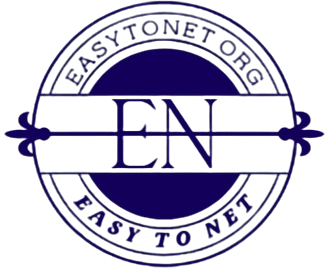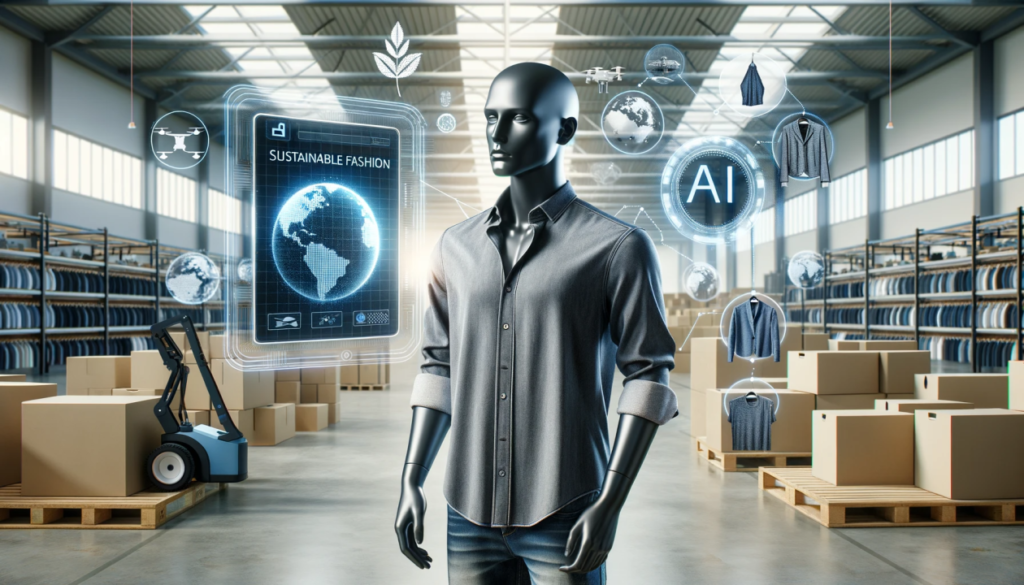Man-made consciousness (simulated intelligence) has quickly developed from a cutting edge idea to a useful apparatus in pretty much every part of present day life. Among its numerous applications, computer based intelligence’s impact on imaginative work — traversing craftsmanship, music, writing, and plan — has been groundbreaking, reclassifying both what’s conceivable and who can take part in innovative flows. As simulated intelligence keeps on growing its capacities, it’s turning out to be progressively evident that it isn’t simply a device yet a partner in the realm of imagination.
Simulated intelligence as an Imaginative Instrument
Simulated intelligence fills in as an important device in helping and improving human imagination. High level calculations can investigate tremendous datasets, empowering craftsmen and makers to rapidly pursue informed choices. For example, visual architects can utilize artificial intelligence based programming that proposes variety plans, designs, or even total visual pieces in light of explicit subjects or styles. Via robotizing certain dreary assignments, man-made intelligence liberates craftsmen from drawn-out work, permitting them to zero in on refining thoughts and pushing imaginative limits.
In computerized craftsmanship, computer based intelligence fueled applications like Adobe Teacher and Multiply influence AI to offer savvy elements like item acknowledgment, layer ideas, and ongoing expressive changes. These apparatuses permit specialists to explore different avenues regarding strategies they probably won’t have in any case thought of, encouraging new sorts of imaginative articulation.
Changing Music Creation
Music is another region where computer based intelligence has made critical advances. Calculations can now form whole melodic pieces, mixing different styles and sorts. Man-made intelligence stages like Amper Music, OpenAI’s Jukedeck, and research Red can produce foundation scores, surrounding sounds, and, surprisingly, pop tunes. These devices are particularly significant for performers, arrangers, and content makers who need sovereignty free music custom fitted to explicit activities, like movies, ads, or computer games.
One entrancing part of simulated intelligence in music is its capacity to dissect existing organizations and create varieties. For example, man-made intelligence can remix a traditional piece in a jazz style or create a tune in view of a performer’s verifiable works. While certain performers express worry about computer based intelligence produced music uprooting human artists, others consider it to be a cooperative interaction, giving new motivation and growing their innovative tool stash.
Narrating and Content Age
In writing, computer based intelligence apparatuses like OpenAI’s ChatGPT and GPT-3 have shown the capacity to produce rational and imaginative text, from sonnets and brief tales to expositions and news stories. Journalists currently use computer based intelligence for conceptualizing, drafting, and in any event, altering, utilizing these apparatuses to work on their efficiency and animate groundbreaking thoughts. For instance, a writer could utilize computer based intelligence to defeat a creative slump by producing potential story circular segments or character qualities.
In any case, the ascent of simulated intelligence created content has brought up moral issues about origin and creativity. Some concern that as artificial intelligence models become more capable, they might deliver content indistinct from human work, possibly weakening the market for customary creators. In any case, numerous in the scholarly world contend that while artificial intelligence can create text, the close to home profundity, setting, and knowledge that human authors bring to narrating are indispensable.
Cooperative Workmanship and Intuitive Encounters
Simulated intelligence has likewise opened up thrilling opportunities for cooperative workmanship projects and intelligent encounters. Specialists can now make works that advance and adjust because of crowd collaborations, on account of computer based intelligence calculations equipped for deciphering input continuously. Intuitive establishments fueled by artificial intelligence, similar to teamLab’s displays or crafted by craftsman Refik Anadol, make vivid encounters where the watcher turns out to be important for the fine art.
Computer games have likewise profited from artificial intelligence progressions, with computer based intelligence produced storylines, responsive conditions, and versatile music scores that advance in view of player activities. These upgrades empower designers to make rich, powerful universes that answer particularly to every player, changing customary narrating into an intelligent account insight.
Moral Ramifications and Difficulties
Similarly as with any strong innovation, simulated intelligence’s job in imaginative work brings up significant moral issues. The utilization of artificial intelligence created craftsmanship in displays and rivalries has ignited banters about creativity and origin. Who possesses a man-made intelligence created piece of craftsmanship — the craftsman who directed the calculation, or the designers of the actual calculation? Furthermore, how would we esteem inventive work when machines are fit for delivering it at scale?
Also, the information man-made intelligence models depend on frequently incorporates protected material, prompting worries about licensed innovation encroachment. The subject of “learning” versus “replicating” stays a petulant issue, with many calling for more clear rules to safeguard makers’ freedoms while advancing development.
The Fate of artificial intelligence in Imaginative Businesses
Looking forward, man-made intelligence is ready to keep affecting imaginative ventures in new and unforeseen ways. As opposed to supplanting human imagination, computer based intelligence appears to be bound to reshape how craftsmen work, transforming makers into colleagues who connect with canny frameworks to create inventive results. As man-made intelligence turns out to be more available, specialists and makers from different foundations can use these apparatuses to grow their innovative potential, democratizing admittance to undeniable level inventive assets.
In the long haul, computer based intelligence’s job in imagination could prompt the rise of new classifications, styles, and fine arts that are remarkably the aftereffect of human-machine cooperation. By enlarging human imagination with strong calculations, we can push the limits of what’s conceivable in craftsmanship, music, writing, and configuration, making a future where man-made intelligence isn’t simply a device however a crucial accomplice in the innovative flow.

